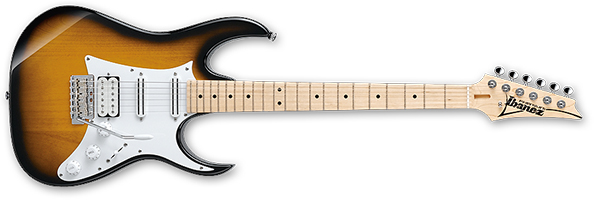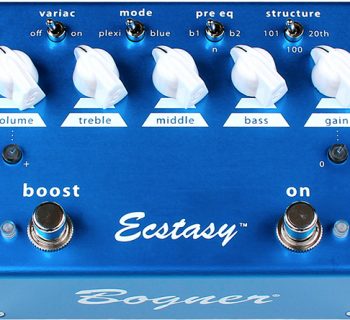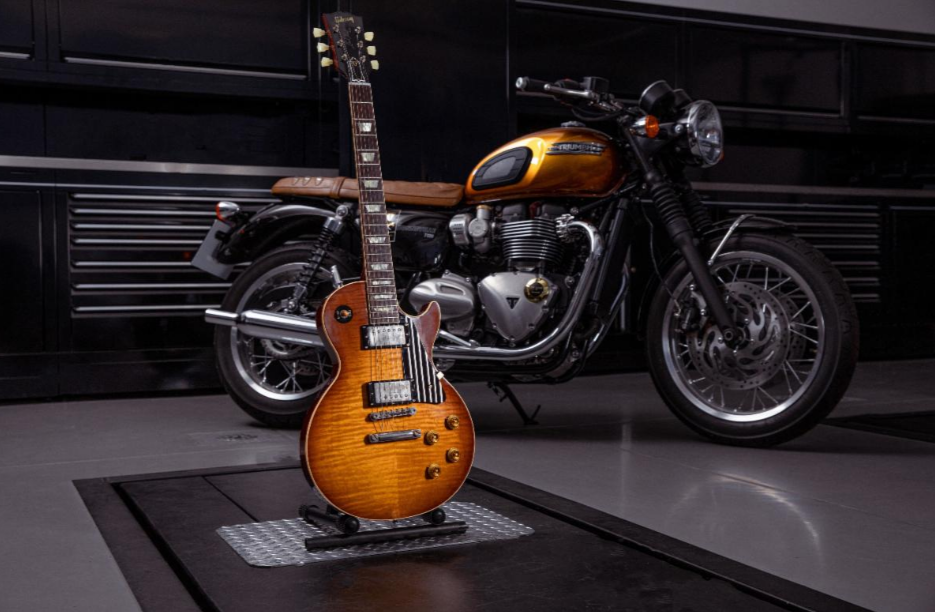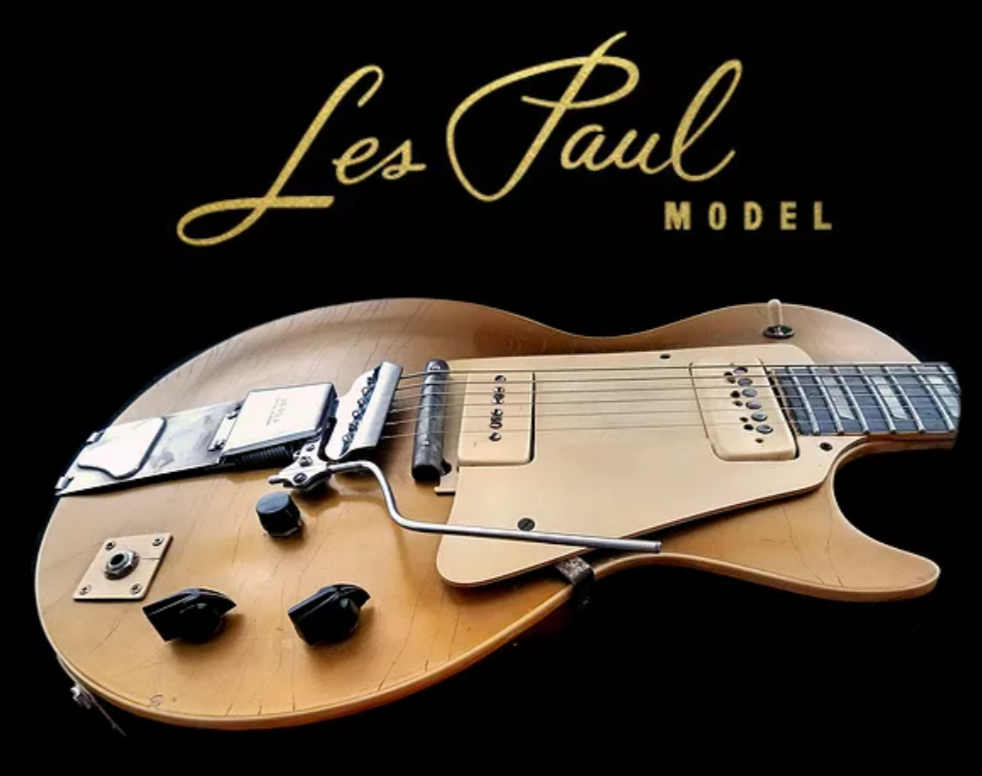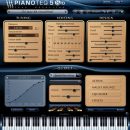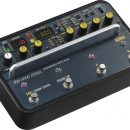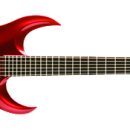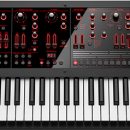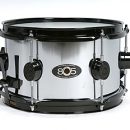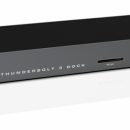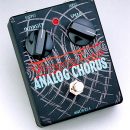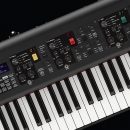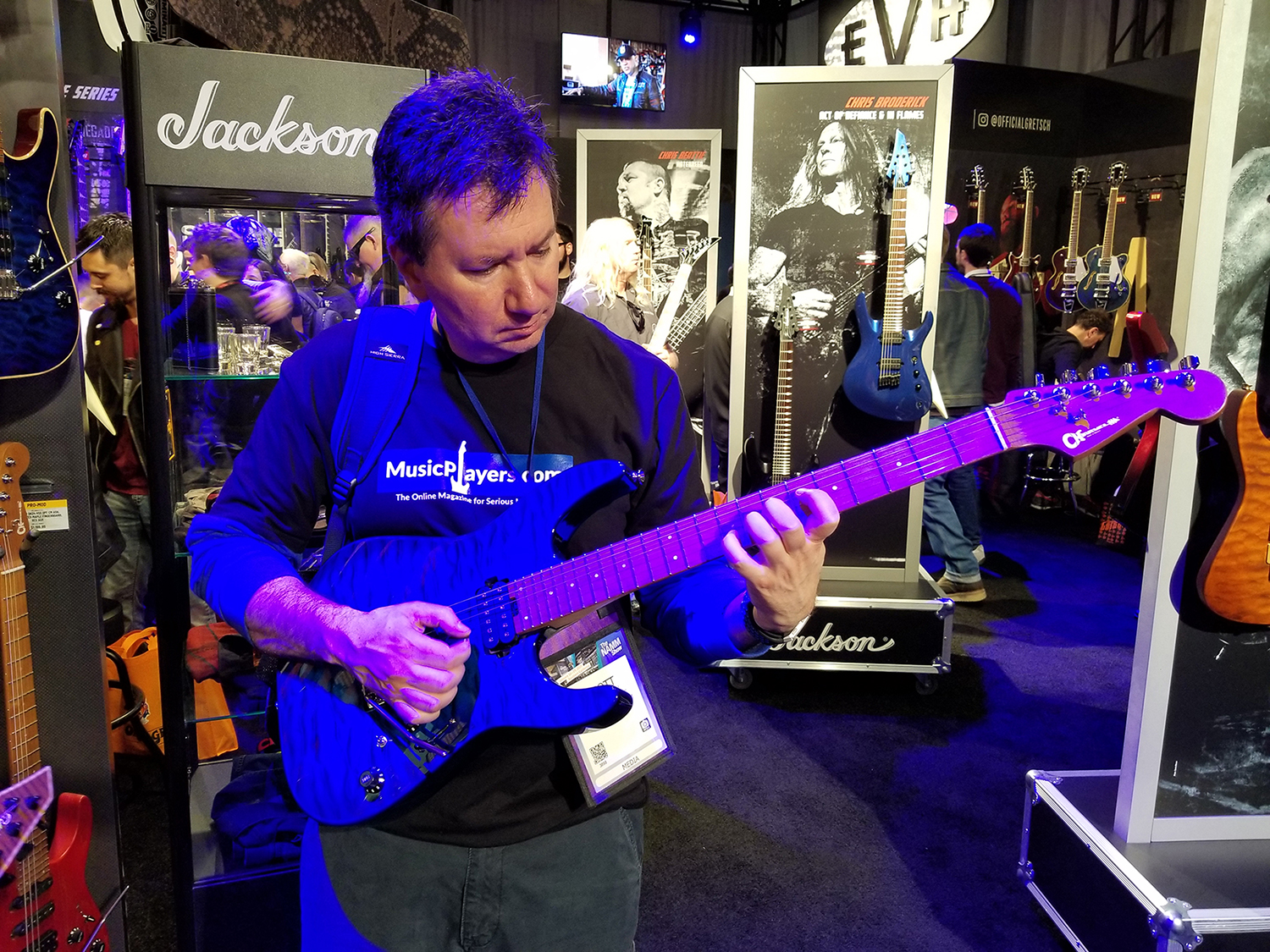Serious guitar players are no strangers to the incredible talent of Andy Timmons. The one-time hair band shredder has spent the past few decades supporting a diverse range of artists across styles from rock to pop, but guitarists today know him primary as the singular guitar force behind his own trio, the Andy Timmons Band.
| Category | Value | Rating |
| Features | 20% | |
| Usability | 25% | |
| Sound | 25% | |
| Documentation & Support | 10% | |
| Price | 20% | |
| OVERALL RATING = 3.5 3.6 stars or better: Outstanding, WIHO Award 3 stars or better: Worth considering 2 stars or better: Suited to specific needs 1 star or less: Not recommended |
||
Andy’s choice of guitar is his Ibanez signature model, but the AT100CL will set players back a few thousand dollars, making it less likely that a large number of players will benefit from the tone and playability of that fantastic guitar.
This winter, Ibanez introduced the AT10P, the first signature model in their increasingly popular Premium line, which sits nicely in between the standard production models and the high-end Prestige instruments. After spending a few weeks with the new guitar, we’re happy to report that Ibanez hit a home run. With very few differences from the “premium-not-Premium” signature model, this is a guitar that Andy Timmons himself could pick up off the shelf and play without complaint. Likewise, so could we.
Features
The AT10P features an Alder body and a 25.5” scale, 22-fret, one-piece, maple neck, reinforced with KTS titanium truss rods and jumbo frets. The neck specs: 305mm (12”) radius, 40.5mm wide at the nut and 56mm wide at the last fret, 23mm thick.
The pickups are a DiMarzio AT-1 humbucker in the bridge (Andy’s signature pickup), and DiMarzio The Cruizer pickups in the middle and neck. They look like single-coil pickups, but technically, with side-by-side coils inside, we’ll go with calling them humbuckers as well. Or, you can call them noiseless single coils—nobody will question you otherwise. At 3.13K ohm resistance, they’ve got more output than typical single coil pickups, though.
The bridge is a Wilkinson WV6-SB tremolo bridge, and Ibanez supplies standard tuning keys. Controls include Volume, one knob for neck- and middle-pickup tone, and one knob for bridge-pickup tone. A five-way switch supplies standard/familiar pickup selection options going from (1) full bridge to (3) middle to (5) neck with combination positions in between.
You’re undoubtedly wondering how this differs from Andy’s personal guitar, the AT100CL. The differences are shockingly minimal, or huge, depending on your feeling about place of manufacture. While the AT100Cl is built in Japan, the AT10P is built in Indonesia (as are all of the Premium line instruments). The pricier model features a Wilkinson-Gotoh VSVG bridge. That’s it. The other hardware is the same, and the wood/neck specs are identical.
Usability
While the AT10P has a bit of a “stripped down vibe,” its feature set is decidedly performance oriented. Nothing complicated or esoteric here, no scalloped frets, complicated switching or unnecessary bells and whistles.
Our evaluation model arrived with a fairly low action from the factory—low enough to allow for effortless scale and chord work, yet still maintaining enough height to let the player get underneath the strings for big, wide bends. Furthermore, we did not detect any severe buzzing or “fret out,” nor did we detect any anomalies such as dead spots.
The 22 jumbo frets have rounded tips and an impressive gleaming polish, and absolutely zero sharp edges. Ibanez calls this “Premium fret edge treatment,” and with good reason! A four-bolt joint attaches the neck to the body, and the heel is rounded to ensure hands of all sizes can easily access the higher frets. Intonation was good right out of the gate, with chords playing in tune in all positions. The guitar was also easy to tune, with no dreaded “clink” sound indicative of an improperly cut nut.
The bridge is a decidedly “old school” Wilkinson WV6-SB tremolo bridge of the non locking variety. While it will never match the unparalleled tuning stability of a double-locking tremolo bridge, the Wilkinson did a pretty good job of staying in tune after some serious dive-bombs. This comes with a bit of a price though—our guitar was set up with the tremolo screwed flush with the body and the springs were super stiff. So while this may have helped the guitar “snap” back in tune, it made subtle vibrato effects nearly impossible. We didn’t get a chance to experiment by removing springs, or setting up the bridge to float, but perhaps those setup tweaks would have helped.
The five-way blade style pickup selector should be familiar to anyone who has wielded a Strat-style guitar, and we found the placement just right for flicking the switch into position with your pinky mid song. Likewise, the Volume and Tone controls are placed in such a way to allow for volume swells and not cramp your hand in the process.
Sound
For our sound evaluation we chose an ENGL Powerball II and an early ‘80s Marshall JCM-800.
Andy has been using the custom AT1 bridge pickup in his guitars since the early 2000s, so we were eager to find out what all the fuss was about! Through the ENGL Powerball II with a fair amount of gain dialed in, the tone remained big, open and clear, almost like a hot Strat pickup (minus the 60-cycle hum of course!) You could clearly hear each note of a chord, and it had a percussive attack that was pleasing to our ears. Lead tone: we would describe as “light and flutey” and we mean that in the most complimentary way! Again, the tone is more “Strat on Steroids” than it is “overwound distortion” pickup territory. So while this would not be your go-to guitar for Metallica or Slayer, it’s a fine choice if your tastes include Hendrix, Gary Moore, and Yngwie Malmsteen, all of whose tones came easy.
The middle and neck pickups are Cruiser models which feature side by side coils and ceramic magnets. Switching over to our ENGL’s clean channel, we were instantly impressed by the clear, warm and balanced tone we were able to achieve. The neck pickup gives that classic “Little Wing” sound, and positions 2 and 4 provide classic “clucky” Strat tones perfect for funk stylings. Ceramic pickups can sound a bit sterile though, and these are no exception. Although we were impressed with the tone, they couldn’t match the 3-D, bell-like tone of vintage Strat pickups or boutique knock-offs.
Moving over to our Marshall, we were again impressed by the big and transparent sound achieved via the bridge pickup. The neck pickup sang like a bird, especially when we engaged an Ibanez TS9 to goose our JCM-800’s front end a bit. Backing off the amp’s gain provided a good selection of sounds for rhythm playing or bluesy single note solos, and the lower gain settings even started to reveal a bit of “jangle” in the sound.
However, we did find the middle pickup a bit thin when used standalone for anything other than clean chords.
Documentation and Product Support
Ibanez provides full documentation for maintenance of their guitars and the operational controls. Considering how large the documentation has gotten for the guitars and the myriad bridge options, we’d like Ibanez them stop including so many languages in one booklet and just provide country-specific documents via the website if necessary. But rest assured, there’s useful content in there for all of your maintenance needs.
Price
The Ibanez AT10P Premium (MSRP $1,733.32) sells for approximately $1,300 including a hard shell case. This is a very good price for such a nice playing, great sounding guitar (and half the price of the AT100SB). If you want a Strat-style guitar with something of its own identity, or something of Andy’s personality, definitely check out this guitar.
Contact Information
Ibanez
www.ibanez.com
| Evaluation Short-List |
| Fender Select Stratocaster HSS G&L USA Invader Ibanez RG3250MZ Prestige |


